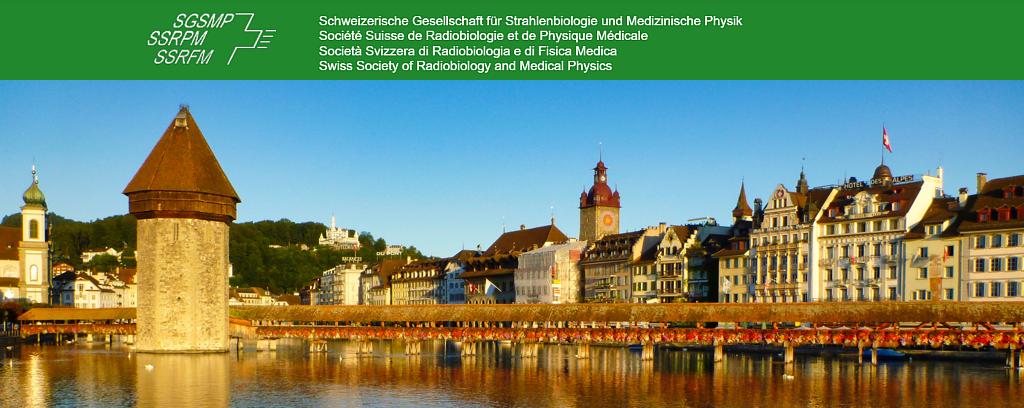Speaker
Description
Purpose: Temporally feathered radiotherapy (TFRT) replaces a standard treatment plan by 5 iso-curative sub-plans (López Alfonso et al. Med Phys 2018). Each sub-plan is created such that one of five chosen organs-at-risk (OARs) receives a higher dose compared to the standard plan in one fraction, allowing the other four OARs to receive a lower dose. Each OAR then receives one high and four low doses in alternation, weekly.
There are two potential benefits. First, TFRT can deliver a lower total physical dose to the feathered OARs by distributing the dose on different days. Second, a time-dependent normal tissue complication probability (NTCP) model suggests that the damage caused by the high dose is offset by increased repair during the low doses. However, the radiosensitivity parameters α, β, and recovery rate μ, needed for NTCP calculation are not well defined for OARs.
We investigate the potential benefit of TFRT for ranges of α, β, and μ, independently of the physical dose reduction effect.
Methods: We calculate OAR toxicity for a treatment delivering 2 Gy to the tumour in 25 fractions and a dose ds to the OAR in a standard fractionation. With TFRT, the high and low doses are ds + 0.4 Gy and ds – 0.1 Gy respectively so the total physical dose is the same as in the standard plan. Toxicity is calculated for ranges of α (0.05-1.00 1/Gy), μ (0.05-0.50 1/day) and ds (0.1-2.0 Gy), with β such that α/β = 3 Gy (constant).
Result: The OAR toxicity reduction from TFRT for the investigated values is at the maximum α = 1.0 1/Gy, the minimum μ = 0.05 1/day and for ds = 0.3 Gy with a toxicity reduction of 11%-points. Of the investigated combinations, 14% reach a toxicity reduction of at least 1%-point and none have a negative effect for TFRT.
Conclusion: TFRT can reduce OAR toxicity compared to standard fractionation with the same total physical dose. However, radiobiological parameters must be determined.
Supported by Varian Medical Systems.

